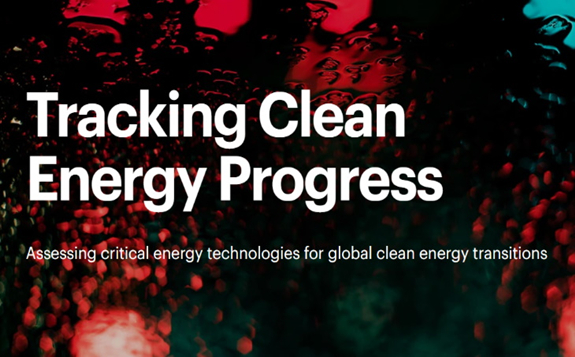The world is not on track to meet the energy-related components of the United Nations Sustainable Development Goals, according to a new report from the International Energy Agency. The IEA's Sustainable Development Scenario outlines a major transformation of the global energy system, showing how the world can change course to deliver on the three main energy-related SDGs simultaneously.

The latest Tracking Clean Energy Progress report assesses a full range of energy technologies and sectors to provide a "definitive snapshot" of clean energy progress in 2019. Only six out of 46 technologies and sectors were "on track" with the IEA's SDS, which maps out pathway to reach the goals of the Paris Agreement on climate change, deliver universal energy access and significantly reduce air pollution. Another 24 technologies showed some progress while 16 technologies were "off track".
"There were warning signs even before the crisis, which is now threatening to further slow the development of clean energy technologies," IEA Executive Director Fatih Birol said. "This is not the time to take our foot off the pedal. Our latest findings make clear the urgent need for governments to do more to foster the growth of these technologies, which can create jobs, stimulate economic growth and also help us accelerate transitions to cleaner energy systems."
Two technology areas have been downgraded in this year's update, and not a single technology or sector has been upgraded. Nuclear power is now off track as new nuclear capacity brought online in 2019 was only half the amount added in 2018. Energy storage - previously on track - has been downgraded as annual installations fell for the first time in nearly a decade.
According to IEA data on nuclear power, in 2019, 5.5 GW of additional nuclear capacity were connected to the grid and 9.4 GW were permanently shut down, bringing global capacity to 443 GW. New projects were launched (about 5.2 GW), and refurbishments are under way in many countries to ensure the long-term operations of the existing fleet. Nevertheless, while the existing nuclear fleet remains the world's second most important low-carbon source of electricity, new nuclear construction is not on track with the SDS, it said. According to current trends, nuclear capacity in 2040 will amount to 455 GW - well below the SDS level of 601 GW. Additional lifetime extensions and a doubling of the annual rate of capacity additions are therefore required.
The power sector accounts for around 40% of energy-related CO2 emissions but remains off track for the third year in a row. Power sector emissions fell by only 1.3% in 2019, "well short" of the 4% annual average reduction through 2030 that is envisaged in the SDS, according to the report.